哪个更好:一个通用模型还是多个专用模型?
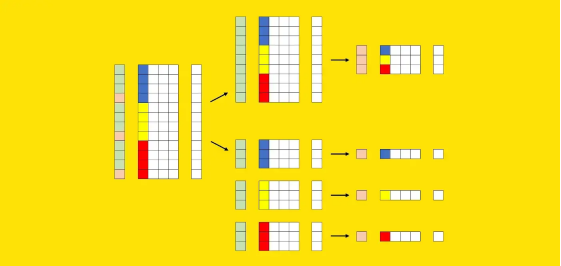
将所有数据提供给一个模型,也就是一个通用模型(general model); 为每个细分市场构建一个模型(在前面的示例中,品牌和国家/地区的组合),也就是许多专业模型(specialized models)。
通用模型与专用模型

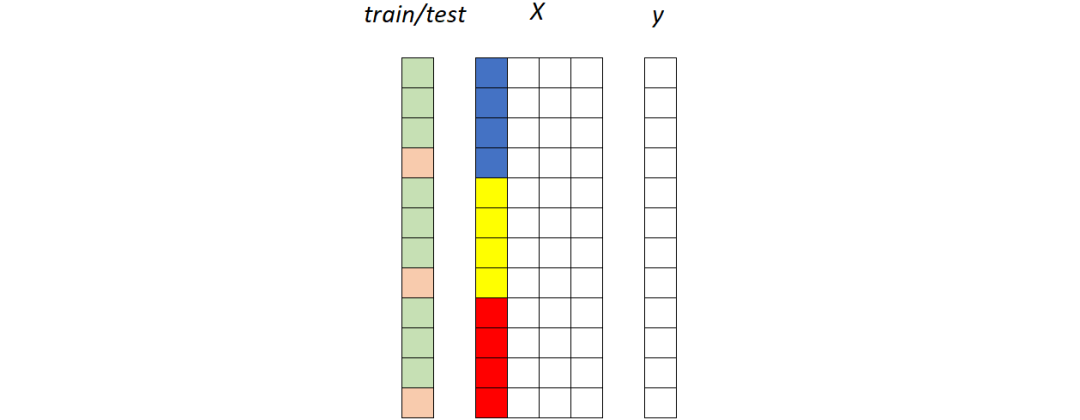
第一种策略:通用模型
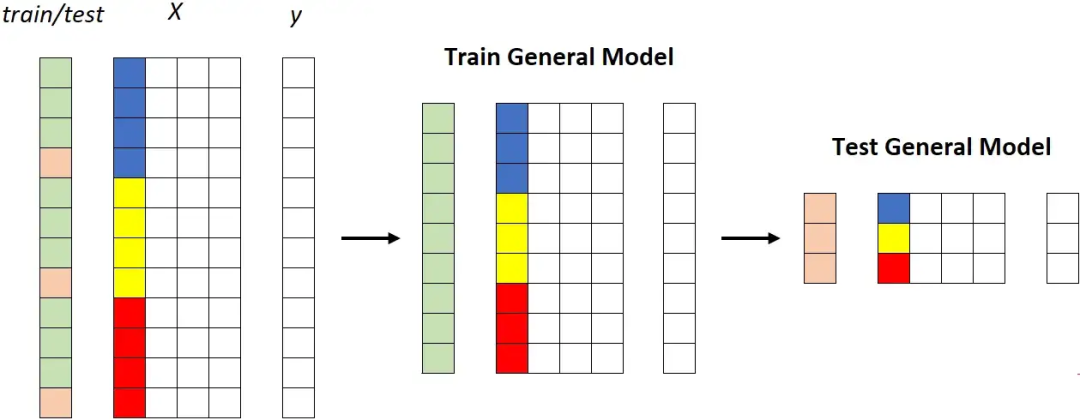
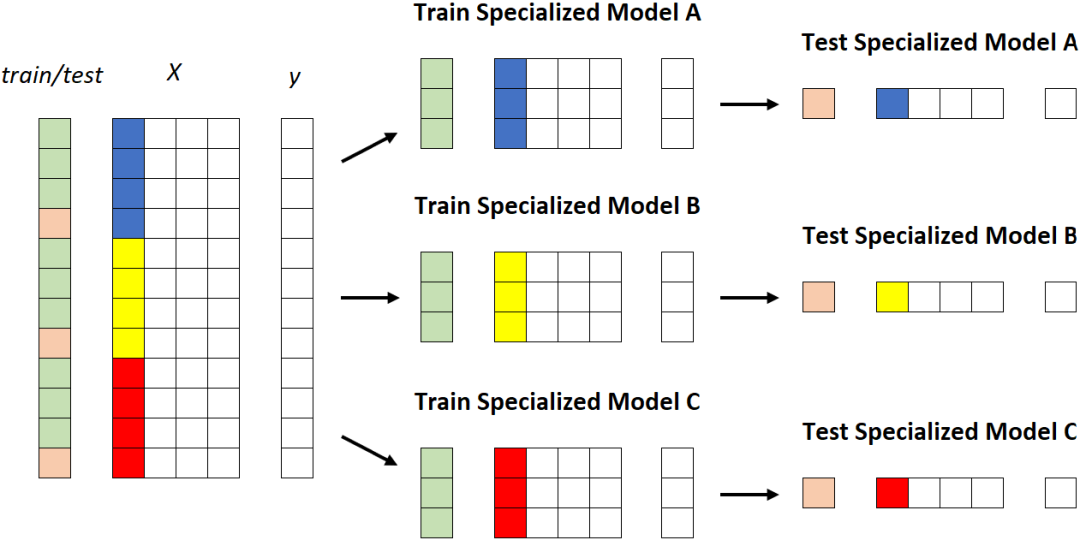
 专用模型。每个段被馈送到不同的模型。[作者图片]
专用模型。每个段被馈送到不同的模型。[作者图片]更高的维护工作量; 更高的系统复杂度; 更高的(累积的)培训时间; 更高的计算成本: 更高的存储成本。
对通用模型的偏见
汽车类型(经典或现代); 汽车时代; 车价。

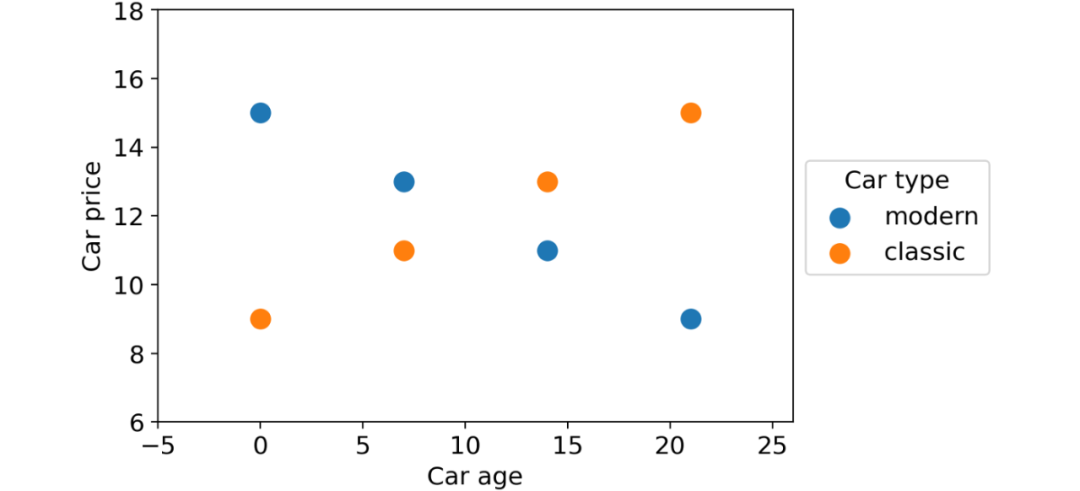
linear_regression = LinearRegression().fit(df[[ "car_type_classic" , "car_age" ]], df[ "car_price" ]

decision_tree = DecisionTreeRegressor(max_depth= 2 ).fit(df[[ "car_type_classic" , "car_age" ]], df[ "car_price" ])

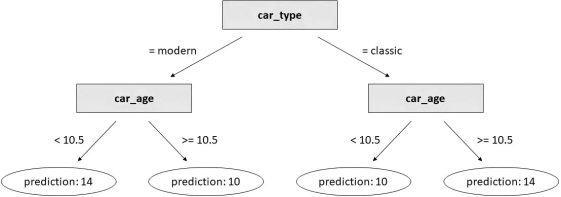
实验细节
训练一个通用模型; 训练许多个专用模型。

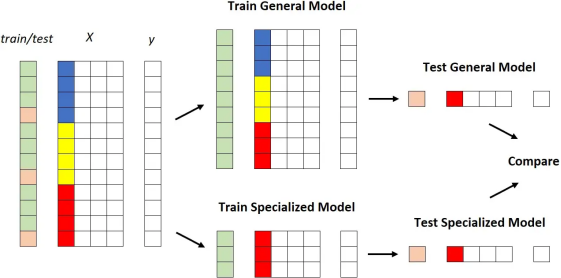
对于不同的数据集; 使用不同的列来分割数据集本身; 使用同一列的不同值来定义段。
for each dataset:train general model on the training setfor each column of the dataset:for each value of the column:train specialized model on the portion of the training set for which column = valuecompare performance of general model vs. specialized model
for dataset_name in tqdm(dataset_names):# get datay, num_features, cat_features, n_classes = get_dataset(dataset_name)# split index in training and test set, then train general model on the training setix_test = train_test_split(X.index, test_size=.25, stratify=y)model_general = CatBoostClassifier().fit(X=X.loc[ix_train,:], y=y.loc[ix_train], cat_features=cat_features, silent=True)pred_general = pd.DataFrame(model_general.predict_proba(X.loc[ix_test, :]), index=ix_test, columns=model_general.classes_)# create a dataframe where all the columns are categorical:# numerical columns with more than 5 unique values are binnizedX_cat = X.copy():, num_features] = X_cat.loc[:, num_features].fillna(X_cat.loc[:, num_features].median()).apply(lambda col: col if col.nunique() <= 5 else binnize(col))# get a list of columns that are not (statistically) independent# from y according to chi 2 independence testcandidate_columns = get_dependent_columns(X_cat, y)for segmentation_column in candidate_columns:# get a list of candidate values such that each candidate:# - has at least 100 examples in the test set# - is not more common than 50%vc_test = X_cat.loc[ix_test, segmentation_column].value_counts()nu_train = y.loc[ix_train].groupby(X_cat.loc[ix_train, segmentation_column]).nunique()nu_test = y.loc[ix_test].groupby(X_cat.loc[ix_test, segmentation_column]).nunique()candidate_values = vc_test[(vc_test>=100) & (vc_test/len(ix_test)<.5) & (nu_train==n_classes) & (nu_test==n_classes)].index.to_list()for value in candidate_values:# split index in training and test set, then train specialized model# on the portion of the training set that belongs to the segmentix_value = X_cat.loc[X_cat.loc[:, segmentation_column] == value, segmentation_column].indexix_train_specialized = list(set(ix_value).intersection(ix_train))ix_test_specialized = list(set(ix_value).intersection(ix_test))model_specialized = CatBoostClassifier().fit(X=X.loc[ix_train_specialized,:], y=y.loc[ix_train_specialized], cat_features=cat_features, silent=True)pred_specialized = pd.DataFrame(model_specialized.predict_proba(X.loc[ix_test_specialized, :]), index=ix_test_specialized, columns=model_specialized.classes_)# compute roc score of both the general model and the specialized model and save themroc_auc_score_general = get_roc_auc_score(y.loc[ix_test_specialized], pred_general.loc[ix_test_specialized, :])roc_auc_score_specialized = get_roc_auc_score(y.loc[ix_test_specialized], pred_specialized)= results.append(pd.Series(data=[dataset_name, segmentation_column, value, len(ix_test_specialized), y.loc[ix_test_specialized].value_counts().to_list(), roc_auc_score_general, roc_auc_score_specialized],index=results.columns),ignore_index=True
结果




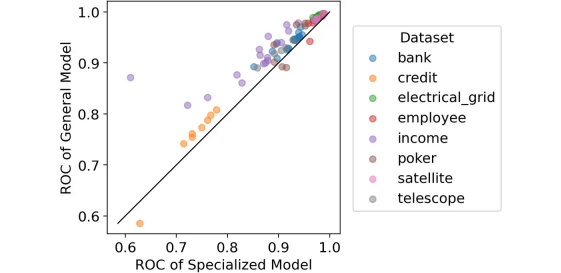
结论
https://towardsdatascience.com/what-is-better-one-general-model-or-many-specialized-models-9500d9f8751d


关注公众号:拾黑(shiheibook)了解更多
[广告]赞助链接:
四季很好,只要有你,文娱排行榜:https://www.yaopaiming.com/
让资讯触达的更精准有趣:https://www.0xu.cn/
 关注网络尖刀微信公众号
关注网络尖刀微信公众号随时掌握互联网精彩
赞助链接
排名
热点
搜索指数
- 1 中法元首相会都江堰 7904549
- 2 中方不接受日方所谓交涉 已当场驳回 7809071
- 3 大闸蟹为何会在欧美泛滥成灾 7714515
- 4 国际机构看中国经济 关键词亮了 7617620
- 5 家长称婴儿被褥印不雅英文单词 7520552
- 6 日方军机滋扰擅闯或被视为训练靶标 7426108
- 7 罪犯被判死缓破口大骂被害人一家 7333113
- 8 国乒8比1击败日本队 11战全胜夺冠 7237759
- 9 长沙一男子要取现20万 银行紧急报警 7136413
- 10 千吨级“巨无霸”就位 7045807







 大数据文摘
大数据文摘







